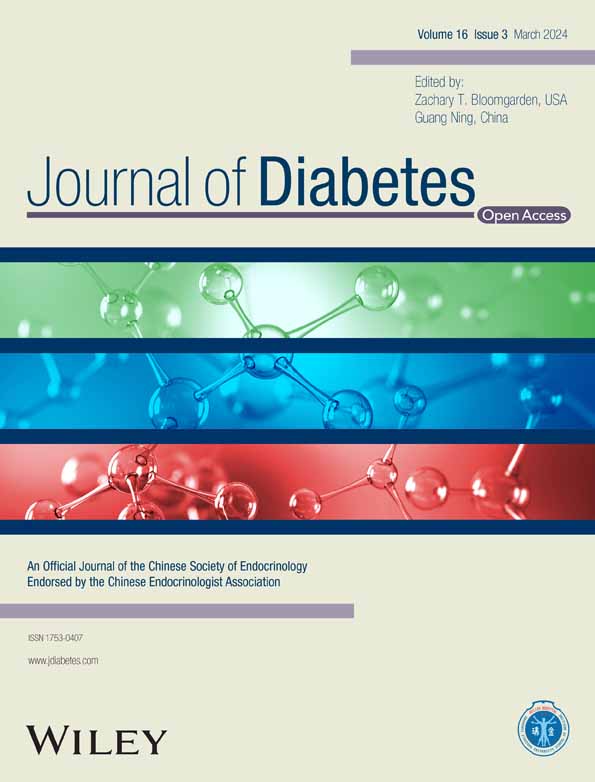Clinical and genetic characteristics of maturity-onset diabetes of the young type 13: A systematic review of the literature
Abstract
Objective
Maturity-onset diabetes of the young type 13 (MODY13), a rare type of monogenic diabetes, is often misdiagnosed as type 1 or type 2 diabetes. To improve early diagnosis and precise treatment, we performed a systematic review and analysis of the literature about MODY13.
Methods
PubMed, Cochrane, Embase, China National Knowledge Infrastructure (CNKI), Chinese BioMedical (CBM) Literature Database, and Wanfang Database were searched using the following search terms: “MODY13,” “KCNJ11 maturity-onset diabetes of the young,” “KCNJ11-MODY,” “maturity-onset diabetes of the young type 13,” and “neonatal diabetes mellitus KCNJ11.” The demography, clinical characteristics, and gene mutations of patients were expressed with descriptive statistical methods.
Results
A total of 33 reports were included in this study, including 75 patients and 28 types of mutations. Thirty-six patients were male. The mean onset age was 25.20 ± 15.26 years. The averages of recorded body mass index, glycated hemoglobin (HbA1c), and fasting C-peptide were 23.45 ± 4.56kg/m2, 10.07 ± 1.96%, and 0.31 ± 0.23nmol/L, respectively. Most of the mutation sites were located in the cytosolic region of N- and C-terminal domains of Kir6.2. Seven patients were reported to have diabetic chronic complications.
Conclusion
MODY13 was diagnosed later than other types of MODY and was associated with low fasting C-peptide. Mutation sites of MODY13 were mostly concentrated in N- and C-terminal intracellular domains. The majority of KCNJ11 gene mutations causing MODY 13 were from G to A. The incidence rates of chronic complications were lower than type 1 and type 2 diabetes.
CONFLICT OF INTEREST STATEMENT
The authors declare that there is no conflict of interest.
Open Research
DATA AVAILABILITY STATEMENT
The data generated during and/or analyzed during the current study are available from the corresponding authors on reasonable request.





